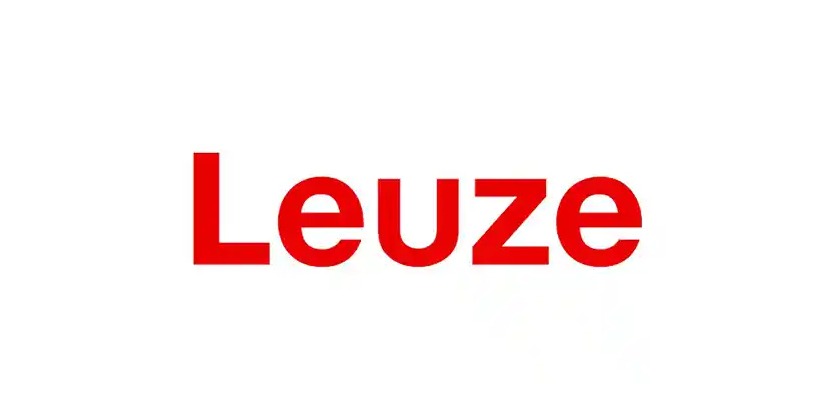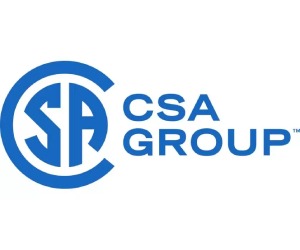Technology Report: Methods for Risk Assessment
May 2, 2024

The European Machinery Directive requires that a risk assessment be performed for every machine before being brought to market. The convergence of IT and OT as well as the rapid technological development has made it necessary to revise the Machinery Directive. The result is the new Machinery Regulation: It will replace the Machinery Directive as the legal foundation. It contains additional requirements on the risk analysis. In addition to the general procedure for the risk analysis, various processes for the risk assessment are introduced and their properties explained in the following.
In accordance with EU Machinery Directive 2006/42/EC, a manufacturer of machinery may not bring a machine to market if it poses a danger. For the purpose of written confirmation, he performs a CE conformity assessment that includes the creation of a risk analysis. Machines may only bear a CE mark if the evaluation process was fully completed and the risk analysis shows that the machine is safe.
The Machinery Directive describes the process of the risk analysis in very general terms, even if it lists in an appendix possible dangers that must be taken into account during the analysis. You can find a more exact description of the risk analysis process in standard ISO 12100 – Risk assessment and risk reduction (figure 1). It defines an iterative process in which one first identifies, assesses and evaluates the hazards. If the evaluation shows that unacceptable hazards are present, these must be minimized. The procedure for reducing the hazards is divided into three levels; it is mandatory that the sequence of these levels be followed.
The latest technology report, written by Rolf Brunner, Senior Safety Expert at Leuze, is a definitive guide to understanding and implementing a thorough risk assessment in light of the new EU Machinery Directives.
Related Story
Stay Flexible Safely with Leuze
Different material widths, varying material positions or partially loaded pallets pose special challenges for transfer station access guarding. For this, Leuze relies on the concept of dynamic format adaptation. In this way, productivity and safety can be optimally harmonized.



